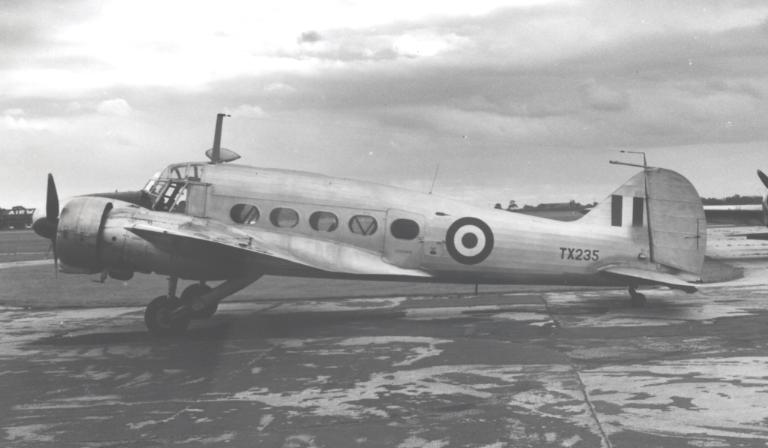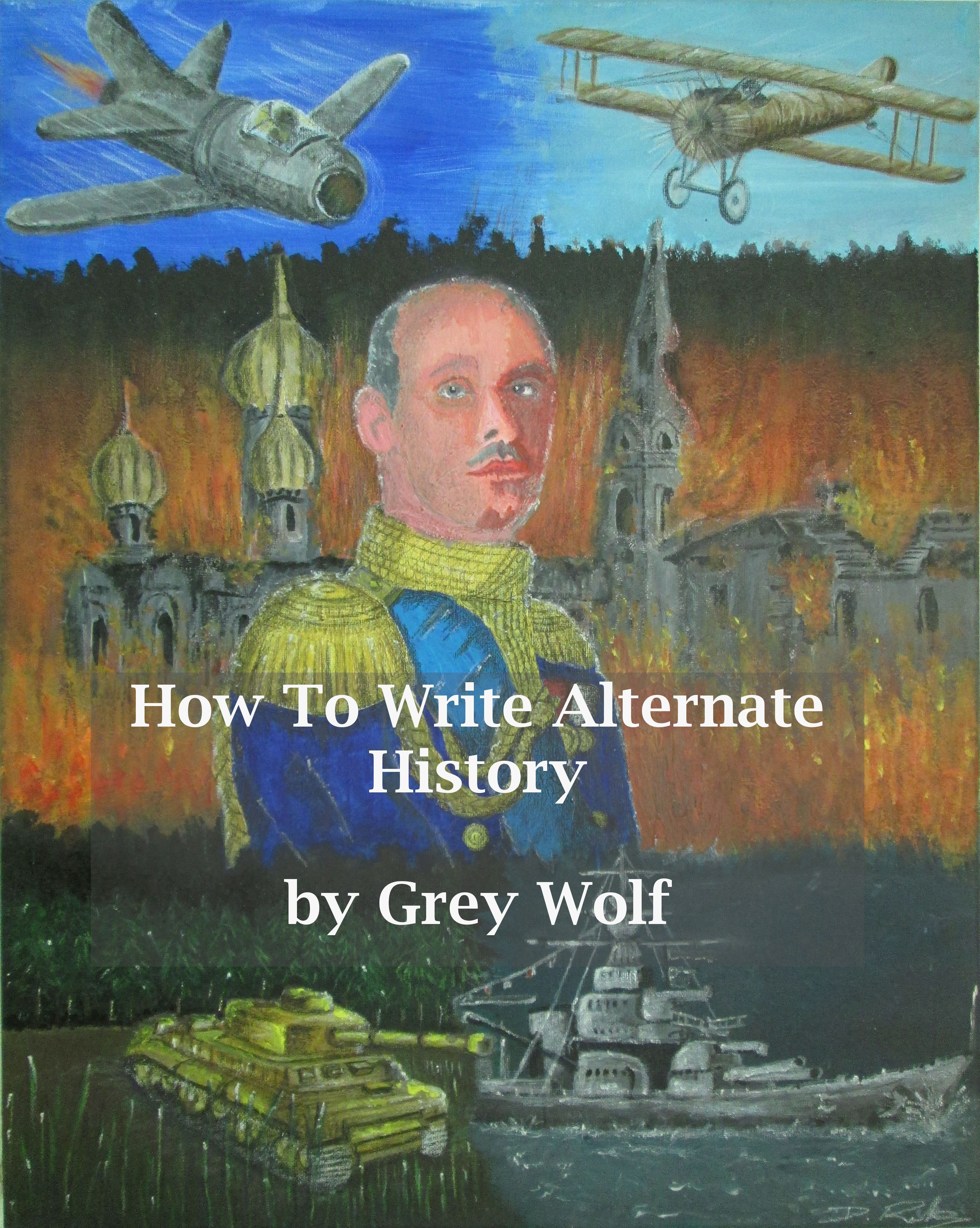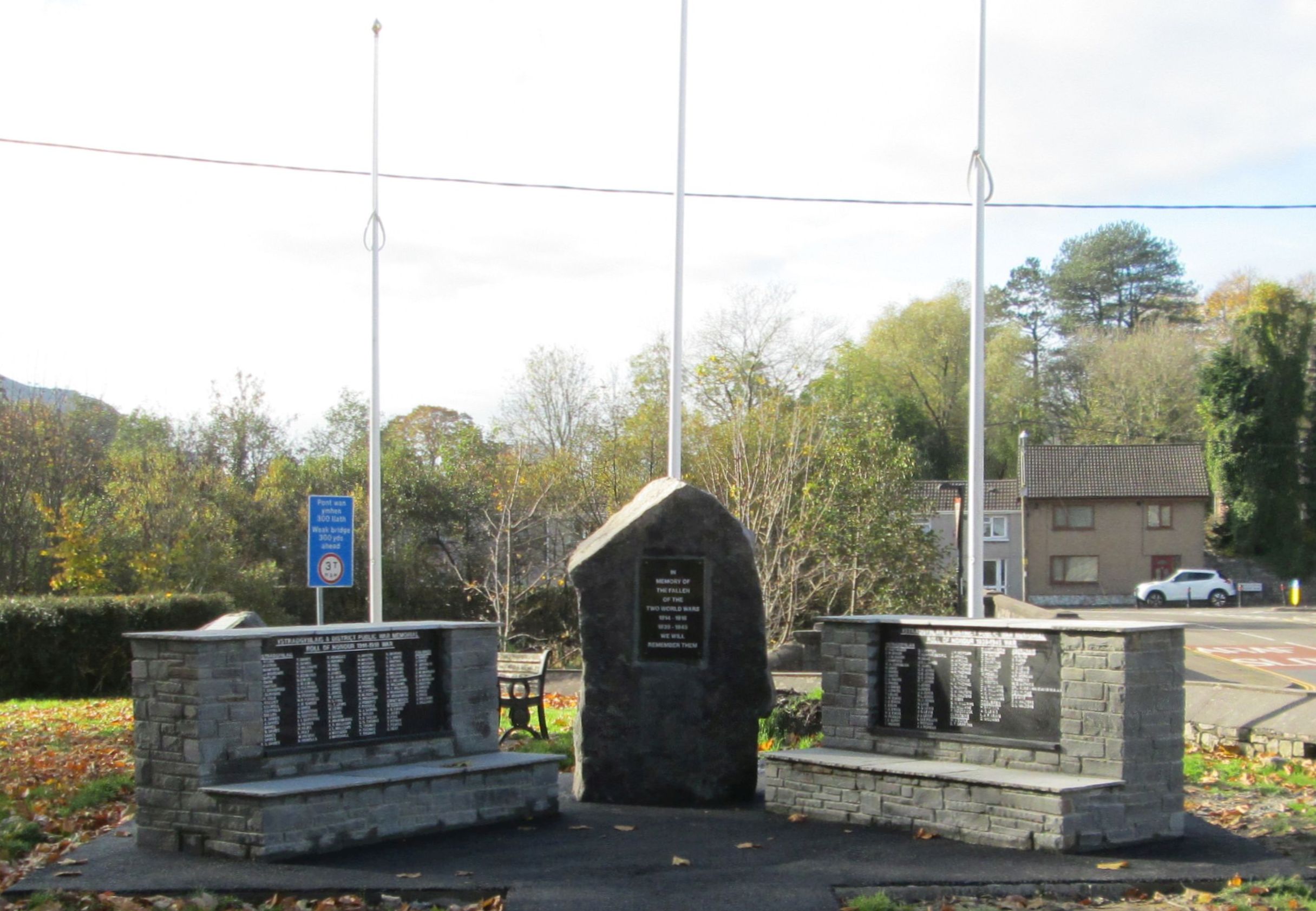Ystradgynlais & District
History and Heritage
TIMELY REMINDER OF "UNCLE LLEW'S WHISTLE"
When my sons were much, much younger and they used to frequently cross the Alltygrug Mountain or the 'Sleeping Giant' I always checked to make sure their whistles had been taken off the hooks. There were 5 each one's cord a different colour, one for each of us in those days. The whistles came about over 40 years ago when I used to be a wild life photographer and miles from no where up in the Scottish mountains with no mobile phones we needed a way of communicating with each other.
Today I only have one with its crotched orange wool cord still attached to one of the whistles that let out a really piercing shrill note. This one hangs there as a reminder of those days when I could climb the mountains and not get out of breath. One of them we left under a marker on the top of Alltygrug Mountain when we scattered the ashes of our eldest son, his brothers thinking he could send us a message if he needed to. So when I came across the following article I smiled and thought I would share it with my readers.
In January 1960 a recent television film depicting R A F wartime bomber crews in action over blacked out Europe, must have jogged many a memory in the Valley.
It also appeared to have done more that. As a result of the film a number of people renewed their action in the 20 year old fight to secure official acknowledgement of the fact that it was a CWMGIEDD man who originally thought up one of the most important life saving devices used in the air war - the whistles, which air crew members used to wear attached to their battle dress blouses.
The story begins mere months before the guns started firing in September 1939.
An Anson training plane from the Air Training School at Amble in Hampshire crashed on the Black Mountains and rescue teams recruited hurriedly from the villages of Cwmgiedd and Ystradgynlais were able to bring two of the four crew members down to safety.
In recognition of the villagers' efforts, the Air Ministry donated the sum of £100 to be shared between the two villages and the money was to provide ambulance kiosks.
Among the members of the rescue team was Mr Llewelyn T. Jones, in those days, a miner, living at Tanyrallt Cwmgiedd and it was he, in fact, who was largely instrumental in persuading the authorities to donate the money to the two villages.
Indeed Llew. Jones did more than that, for in correspondence with the Air Training School at Amble, he suggested that rescue operations in the case of airmen who were forced down in the sea, or in remote, inaccessible districts, could be materially assisted and expedited, were the airmen to be issued with whistles with which they could draw attention to their plight.
Llew received a letter in reply from the Officer Commanding at Amble, commending him for his suggestion and informing him that it had been forwarded to the Air Ministry.
Came the war and as casualties mounted in the air conflict, the air crew whistles became standard equipment and were the means of saving many lives.
Authority however, seemed to have forgotten all about the man who had made the suggestion but still Llew Jones continues to receive reminders of his invention - from his bomber pilot nephew, Sergeant Trevor Jones, who was later killed on a raid on Hamburg.
In many letters, Sergeant Jones made reference to "Uncle Llew's whistle" and time and again reiterated the gratitude of both him self and other crew members.
With the showing of the recent television film, Local British Legion officials remembered again the claims of Llew Jones and approaches were made to Member of Parliament Mr Tudor Watkins, to ascertain whether he could advance Llew's claim for recognition.
However Mr Watkins appears to have made a so far unofficial approach to the Air Ministry, who in turn are unable to examine the claim fully until they are in possession of certain records belonging to the Amble Air Station.
Meanwhile Llew Jones waits for the letter, which he hopes will one day inform him that he has been officially credited with the aircrew whistle suggestion.
In his own words though, he "requires neither, money nor glory just the satisfaction of knowing that an idea he thought of 20 long and turbulent years ago, turned out to be worth while.
That article appeared in 1960 and I have no way of knowing what the outcome was but what ever it was Llew Jones, those whistles that 30 years ago hung on their hooks in the hall way of our house and accompanied each one of us whenever we went off exploring, certainly gave me that extra peace of mind, so I for one do hope that at least an acknowledgement was received.
Article by Val Trevallion
Read about the crash of Anson training aircraft L9149 in the Brecon Beacons in January 1939.
The story in this article was referred to again by Llew T Jones, the "Uncle Llew" mentioned above, in an article he wrote in the Llais in 1953 after the crash of a Vampire aircraft on the Black Mountain.
Ystradgynlais - South Wales

Ystradgynlais History Articles
Email Yeargroup:
yeargroup@hotmail.co.uk
Email Wolfian Design:
webdesign@wolfianpress.com

Click the cover to purchase the paperback
How To Write Alternate History is a series of articles by Grey Wolf, examining subjects such as the identity of man, whether man makes the weather, how the everyday in an alternate world is going to be changed and what names for music, vehicles, weapons etc would be different.










